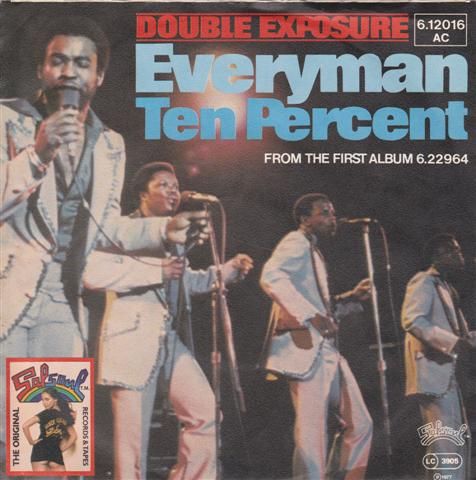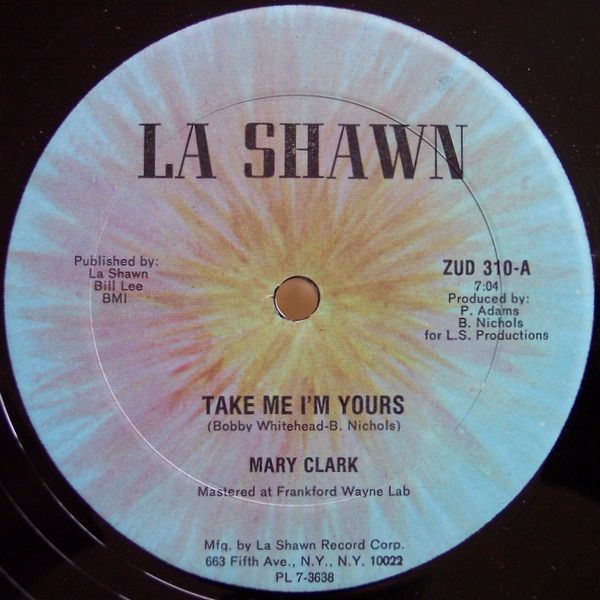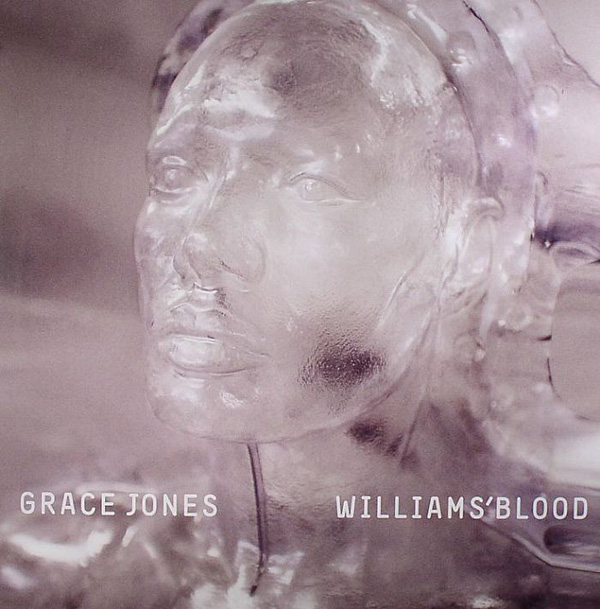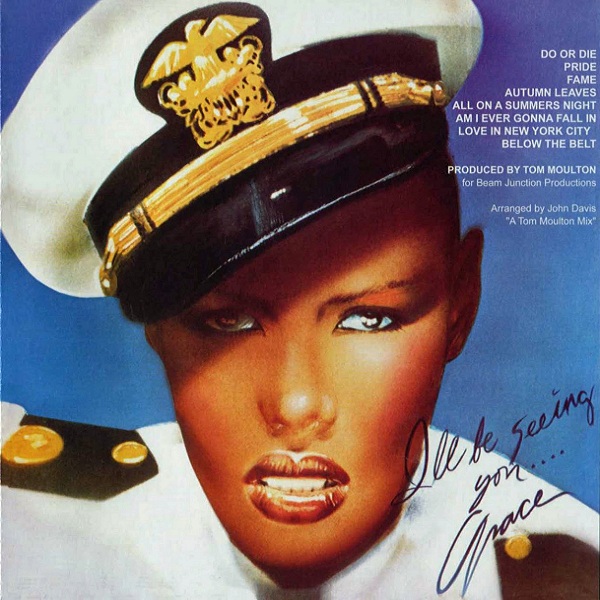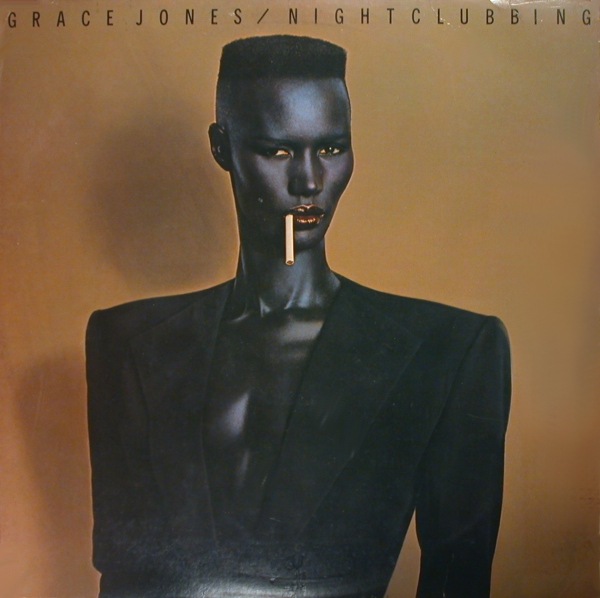Elis Regina - Madalena (1966)
Elis Regina Carvalho Costa became nationally renowned in Brazil in 1965, after singing
Arrastão (composed by Edu Lobo and Vinícius de Moraes) in the first edition of the TV Excelsior festival song contest, and soon joined
O Fino da Bossa, a television program on the Brazilian TV Record channel. Elis was noted for her vocalisation, as well as for her personal interpretation and performances in shows. She recorded several successful compositions, such as
Como nossos pais,
Upa Neguinho,
Madalena,
Casa no Campo,
Águas de Março,
Atrás da Porta,
O bêbado e a equilibrista, an
Conversando no bar. Her premature death, at the age of 36, shocked Brazil. Elis Regina is regarded as the best Brazilian singer of all time by many critics, musicians, and commentators.
This is from one of Elis Regina’s finest LPs; her singing is quite simply outstanding on this record. The arrangements were made by Jose Roberto Bertrami, her pianist at the time and many of the songs, like
Madelena, became hits in Brazil and wider South America.
Arthur Verocai - Na Boca do Sol (1972)
Arthur Verocai Cortes participated as composer of numerous music festivals in 1960 and worked as arranger disks and producer for various singers such as Ivan Lins, Jorge Ben Jor , Elizete Cardoso , Gal Costa , Erasmo Carlos, Celia and Marcos Valle. He was musical director and arranger of TV Globo in programmes such as
Som Livre Export,
Chico City and
Big Family, and also wrote music for TV adverts in Brazil.
In 1972 he released his eponymous first solo album, mixing Jazz , Bossa and other experimental elements. The album was not well received by the public at the time, and was forgotten for many years until American hip-hop acts discovered his work, such as Little Brother , who used a snippet of the song
Caboclo as sample for their
We Got Now track;
MF Doom and Ludacris have also used samples from Verocai's songs. In 2003, his debut album was reissued on CD by Ubiquity records, the first of many; you just have to look at the amount of reissues and presses of that album to see how important it was and what a great record it still is. What is so good about the record is really the instrumentation and the production. All of Brazil’s best musicians are on the record and it is one of the most underrated works in Brazil.
Azymuth - Manha (1975)
Not to be confused with Azimuth, the British Jazz trio, Azymuth is a Brazilian Jazz-Funk trio formed in 1972. The original band members were the late Jose Roberto Bertrami (keyboards), Alex Malheiros (bass, guitars), and Ivan Conti (drums, percussion).
From 1979 to 1988, they released many albums for Milestone Records. They also had a major hit single with
Jazz Carnival in 1979. It peaked at no. 19 in the UK Singles Chart in January 1980. Since the mid-1990s, they have released albums on the London-based Far Out Recordings label, while remaining based in Brazil, and continue to tour in Europe.
Azymuth have also been involved in producing albums and their artists have been involved in several other projects through the years, including an album by Brazilian singer-songwriter Ana Mazzotti, and the 2005 debut album,
Equilibria, by Alex Malheiros's daughter Sabrina Malheiros. They call their music
Samba Doido, which means 'Crazy Samba'. Since the advent of the remix, many of Azymuth's songs have been redone by a wide range of artists and musicians. Several electronic acts like Jazzanova among many others, can be heard remixing their works.
This is from the first self titled album by Azymuth, confusingly called
Azimüth. Its more of a Funk, Samba Jazz affair, but what a record. It features such classics like
Manha,
Faca de Conta,
Linha do Horizonte,
Periscopio and many other huge tunes.
João Gilberto - Chega De Saudade (1959)
Astrud Gilberto, João Gilberto and Stan Getz - The Girl from Ipanema (1964)
João Gilberto Prado Pereira de Oliveira, known as João Gilberto, is a Brazilian singer and guitarist. His seminal recordings, including many songs by Antônio Carlos Jobim and Vinicius de Moraes, established the new musical genre of Bossa Nova ("new style") in the late 1950s. This style, which Gilberto introduced in 1957, created a sensation in the musical circles of Rio's Zona Sul, and many young guitarists sought to imitate it.
While in Rio, he struck up old acquaintances, most significantly Jobim, who was by then working as a composer, producer and arranger with Odeon Records. Jobim was impressed with Gilberto's new style of guitar playing, and set about finding a suitable song to pitch the style to Odeon management. It was first heard on record in 1958 in a recording of
Chega de Saudade ("No More Blues")
, a song by Jobim and Vinicius de Moraes. Gilberto had first accompanied singer Elizeth Cardoso as her guitarist in a recording of this song, explaining his vision for the new style, but Cardoso would have none of his singing advice and sung it in the standard way. But shortly after this recording, João Gilberto made his own debut single of the same song, in the new style, followed by the 1959 album of the same name. The song turned into a hit, launching Gilberto's career and the Bossa Nova craze. Besides a number of Jobim compositions, the album featured older sambas and popular songs from the 1940s and 1950s, all performed in Gilberto's distinctive style. This album was followed by two more in 1960 and 1961, by which time the singer featured new songs by a younger generation of performer/composers such as Carlos Lyra and Roberto Menescal.
By 1962, Bossa Nova had been embraced by North American jazz musicians such as Herbie Mann, Charlie Byrd, and Stan Getz, who invited Gilberto and Jobim to collaborate on what became one of the best-selling jazz albums of all time,
Getz/Gilberto.
Through this album, Gilberto's then wife Astrud - who had never sung professionally prior to this recording session - became an international star, and the Jobim/de Moraes composition
The Girl from Ipanema became a worldwide pop music standard.
It was written in 1962, with music by Jobim and Portuguese lyrics by Vinicius de Moraes. English lyrics were written later by Norman Gimbel. The first commercial recording was made in 1962, by Pery Ribeiro, but its of course the Getz/Gilberto version that became an international hit. In the US, it peaked at no.5 on the Hot 100, and went to no.1 for two weeks on the Easy Listening chart. Overseas it peaked at no.29 in the United Kingdom, and charted highly throughout the world. It also won a Grammy for Record of the Year in 1965.
Numerous recordings have been used in films, sometimes as an elevator music cliché. It is believed to be the second most recorded pop song in history, after
Yesterday by The Beatles. In 2004, it was one of 50 recordings chosen that year by the Library of Congress to be added to the National Recording Registry in America. In 2009, the song was voted by the Brazilian edition of Rolling Stone as the 27th greatest Brazilian song.
The song was composed for a musical comedy titled
Dirigível (Blimp), then a work-in-progress of Moraes. The original title was
Menina que Passa ("The Girl Who Passes By"); the famous first verse was different. Jobim composed the melody on his piano in his house in Rua Barão da Torre, in Ipanema. In turn, Moraes had written the lyrics in Petrópolis, near Rio de Janeiro, as he had done with
Chega de Saudade six years earlier.
During a recording session in New York with João Gilberto, Jobim and Getz, the idea of cutting an English-language version came up. João's wife, Astrud Gilberto, was the only one of the Brazilians who could speak English well and was chosen to sing. Her voice, without trained singer mannerisms, proved a perfect fit for the song.
The song was inspired by Heloísa Eneida Menezes Paes Pinto, a 19-year-old girl living on Montenegro Street in the fashionable Ipanema district in Rio de Janeiro. Daily, she would stroll past the popular Veloso bar-café, not just to the beach ("each day when she walks to the sea"), but in the everyday course of her life. She would sometimes enter the bar to buy cigarettes for her mother and leave to the sound of wolf-whistles. In the winter of 1962, the composers watched the girl pass by the bar, and it is easy to imagine why they noticed her - Heloísa was a 5'8"inch brunette, and she attracted the attention of many of the bar patrons. Since the song became popular, she has become a celebrity.




